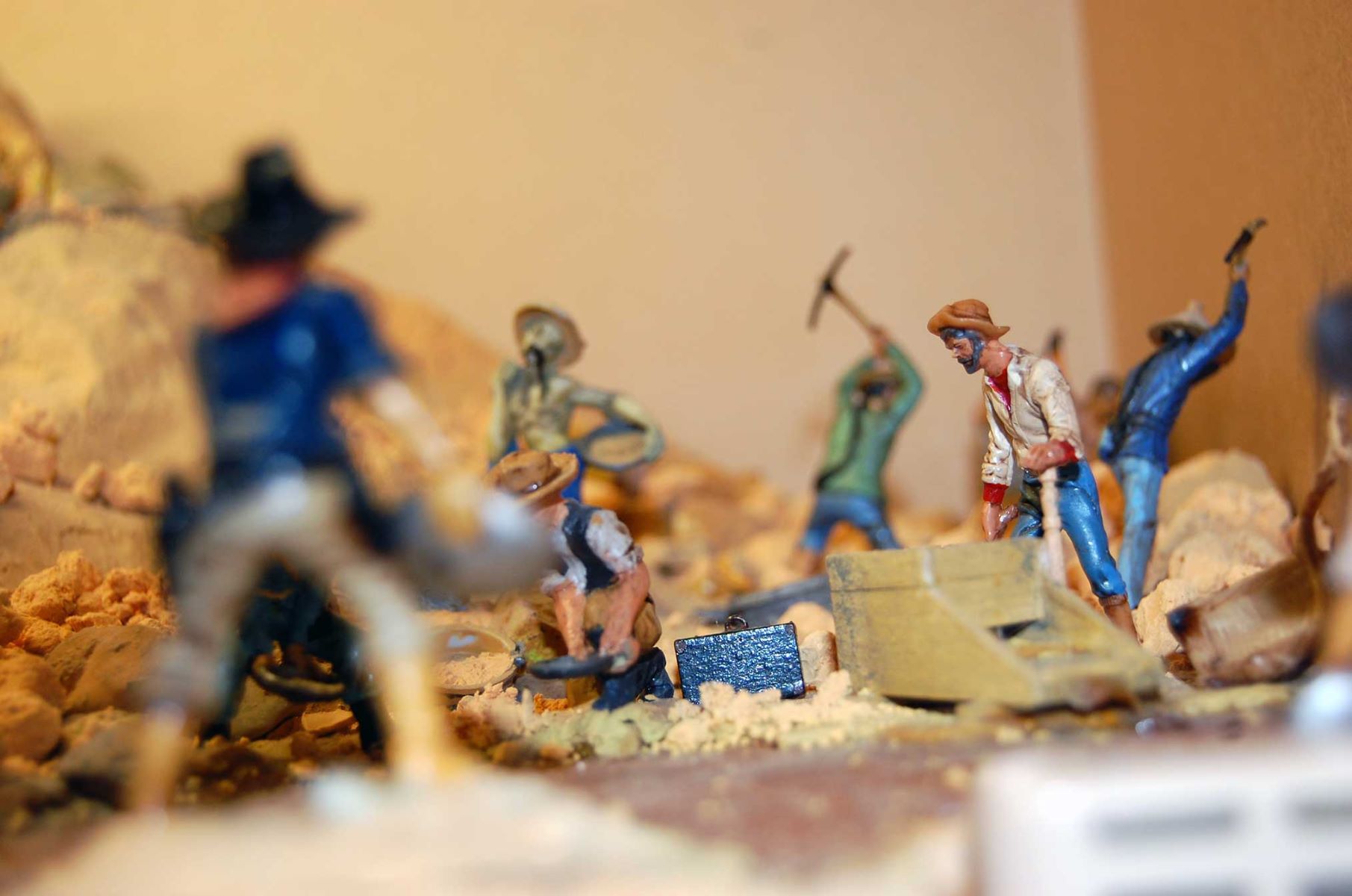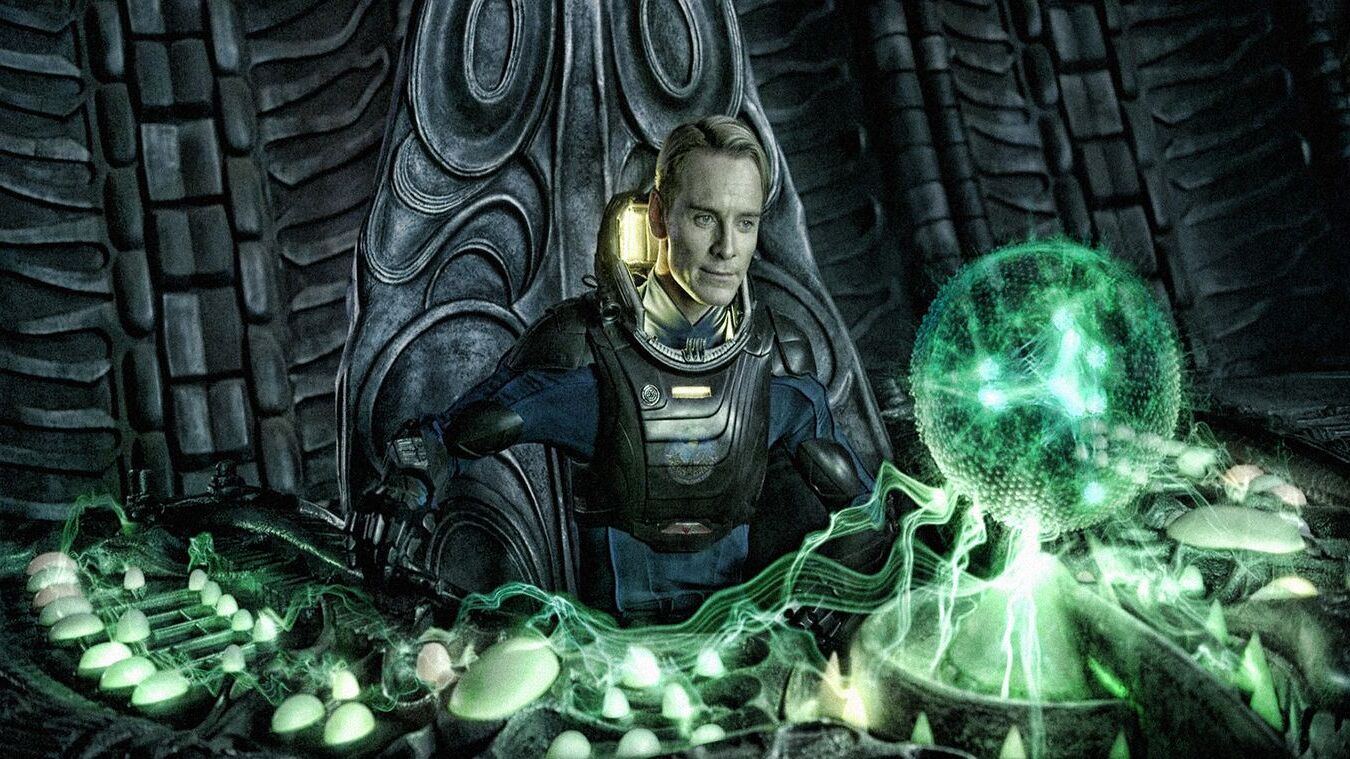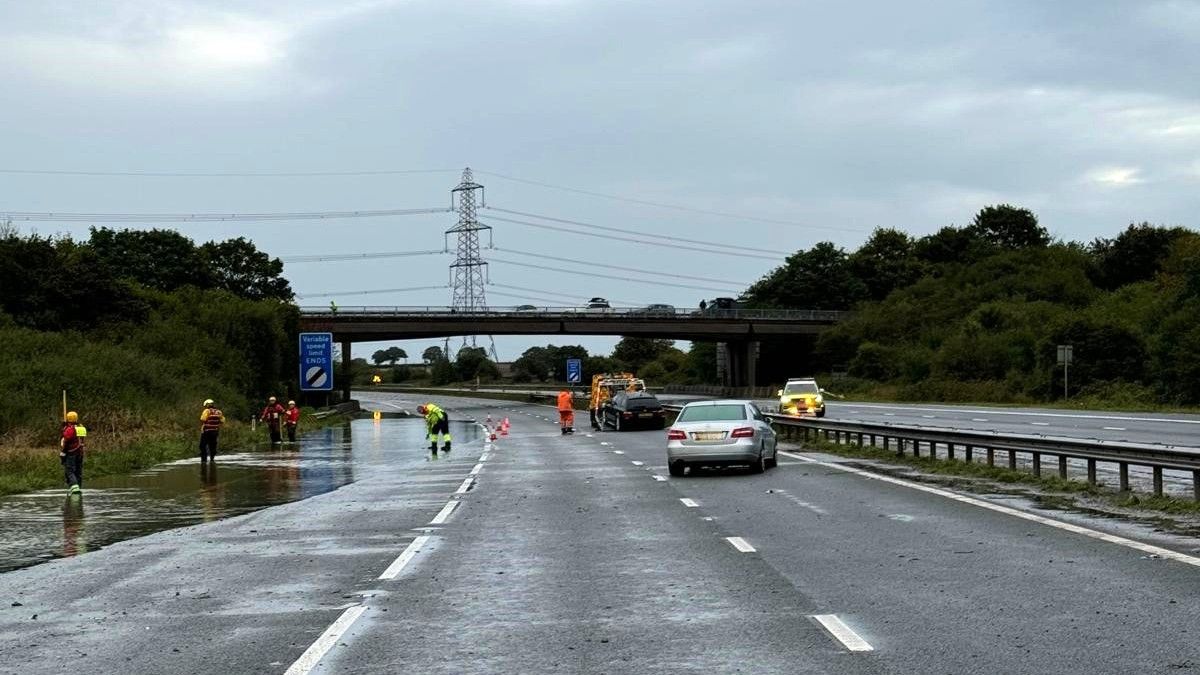
Who were the most iconic figures of the Wild West? The Wild West, a time of cowboys, outlaws, and lawmen, has always fascinated people. From the dusty streets of Dodge City to the saloons of Tombstone, these legendary characters shaped American history. Wyatt Earp, known for his role in the Gunfight at the O.K. Corral, became a symbol of law and order. Billy the Kid, an infamous outlaw, captured imaginations with his daring escapades. Annie Oakley, a sharpshooter, broke barriers for women in a male-dominated era. Buffalo Bill Cody turned his frontier experiences into a popular Wild West show. These figures, among others, continue to captivate us with their larger-than-life stories.
Key Takeaways:
- The Wild West was a time of lawlessness and adventure, with legendary lawmen, outlaws, pioneering women, Native American leaders, and cultural icons shaping its history.
- The era of the Wild West came to an end with the completion of the Transcontinental Railroad and the official closing of the frontier, leaving behind a captivating and inspiring legacy.
Wild West Legends: The Lawmen
The Wild West was a time of lawlessness and adventure. Some figures stood out for their efforts to bring order to the chaos. Here are some fascinating facts about the lawmen of the Wild West.
-
Wyatt Earp was not just a lawman but also a gambler and saloon keeper. His most famous moment came during the Gunfight at the O.K. Corral in Tombstone, Arizona.
-
Bat Masterson, another legendary lawman, was known for his sharpshooting skills. He later became a sports writer in New York City.
-
Wild Bill Hickok was a scout, lawman, and gambler. He was famously shot in the back while playing poker, holding what is now known as the "Dead Man's Hand" – aces and eights.
-
Pat Garrett is best known for killing the infamous outlaw Billy the Kid. Garrett wrote a book about his exploits, which helped cement his legacy.
-
Bass Reeves was one of the first black deputy U.S. marshals west of the Mississippi River. He arrested over 3,000 felons during his career.
Outlaws of the Wild West
The Wild West was also home to many notorious outlaws. These figures became legends in their own right, often for their daring escapades and run-ins with the law.
-
Jesse James was a Confederate guerrilla during the Civil War before becoming a notorious bank and train robber. He was killed by a member of his own gang, Robert Ford.
-
Billy the Kid, whose real name was Henry McCarty, was an outlaw who claimed to have killed 21 men, one for each year of his life. He was shot by Pat Garrett at the age of 21.
-
Butch Cassidy, leader of the Wild Bunch gang, was known for his charismatic personality. He and his partner, the Sundance Kid, are believed to have died in a shootout in Bolivia.
-
Belle Starr, known as the "Bandit Queen," was an outlaw who associated with the James-Younger Gang. She was murdered in 1889, and her killer was never found.
-
John Wesley Hardin was one of the deadliest gunfighters of the Old West, claiming to have killed 42 men. He was eventually shot in the back by a lawman in 1895.
The Women of the Wild West
Women in the Wild West played crucial roles, often defying the traditional expectations of their time. Here are some remarkable facts about these pioneering women.
-
Calamity Jane, born Martha Jane Cannary, was a frontierswoman known for her sharpshooting and scouting skills. She claimed to have been an acquaintance of Wild Bill Hickok.
-
Annie Oakley, a sharpshooter, gained fame as part of Buffalo Bill's Wild West Show. She could shoot a playing card edge-on from 30 paces.
-
Pearl Hart was one of the few female stagecoach robbers. She was captured after her last heist and became a media sensation during her trial.
-
Laura Bullion, known as the "Rose of the Wild Bunch," was an outlaw who participated in several bank and train robberies with Butch Cassidy's gang.
-
Mary Fields, also known as "Stagecoach Mary," was the first African American woman to work as a mail carrier in the United States. She was known for her toughness and reliability.
Native American Figures
Native Americans played significant roles during the Wild West era. Their stories are often overlooked but are essential to understanding this period.
-
Sitting Bull was a Hunkpapa Lakota leader who led his people during years of resistance against United States government policies. He is best known for his role in the Battle of the Little Bighorn.
-
Geronimo was an Apache leader who fought against Mexico and the United States for their expansion into Apache tribal lands. He was one of the last Native American leaders to surrender.
-
Crazy Horse was a Lakota war leader who fought against the U.S. federal government to preserve the traditions and territory of his people. He played a crucial role in the Battle of the Little Bighorn.
-
Chief Joseph of the Nez Perce is remembered for his leadership during the Nez Perce War. His famous speech, "I will fight no more forever," marked the end of his resistance.
-
Red Cloud was a prominent leader of the Oglala Lakota. He successfully led a campaign known as Red Cloud's War against the United States Army.
The Entrepreneurs and Innovators
The Wild West wasn't just about lawmen and outlaws. Many individuals contributed to the development and modernization of the region through their entrepreneurial spirit and innovations.
-
Levi Strauss, a German immigrant, invented blue jeans. His durable denim pants became popular among miners during the California Gold Rush.
-
John Deere developed the first commercially successful steel plow, which revolutionized farming in the Midwest and Great Plains.
-
Samuel Colt's invention of the revolver changed the landscape of the Wild West. His firearms became the weapon of choice for many lawmen and outlaws.
-
Buffalo Bill Cody was not only a scout and buffalo hunter but also a showman. His Wild West Show brought the legends of the frontier to audiences around the world.
-
Charles Goodnight, a cattle rancher, invented the chuckwagon, which became essential for long cattle drives across the plains.
The Unsung Heroes
Many lesser-known figures played crucial roles in shaping the Wild West. Their contributions, though often overlooked, were vital to the development of the frontier.
-
Nat Love, also known as "Deadwood Dick," was an African American cowboy and former slave. He became famous for his skills in roping, riding, and shooting.
-
James Beckwourth, a mountain man and fur trader, was one of the few African American frontiersmen. He discovered a pass through the Sierra Nevada, which became a major route for settlers.
-
Isom Dart, a former slave, became a notorious cattle rustler. Despite his criminal activities, he was known for his horsemanship and survival skills.
-
Stagecoach Mary Fields, mentioned earlier, was also known for her work as a caretaker and entrepreneur. She ran a successful laundry business before becoming a mail carrier.
-
Tom Smith, a lesser-known lawman, was known for his preference for using his fists over firearms. He served as the marshal of Abilene, Kansas, before being killed in the line of duty.
The Cultural Icons
The Wild West has left an indelible mark on American culture. Many figures from this era have become cultural icons, inspiring countless books, movies, and TV shows.
-
Davy Crockett, known as the "King of the Wild Frontier," was a folk hero, frontiersman, and politician. He died at the Battle of the Alamo.
-
Daniel Boone was a pioneer and explorer who blazed a trail through the Cumberland Gap, opening up the western frontier to settlers.
-
Kit Carson was a frontiersman, scout, and Indian agent. His exploits were widely publicized, making him a legendary figure.
-
Buffalo Bill Cody, mentioned earlier, became a cultural icon through his Wild West Show, which romanticized the frontier experience.
-
Pecos Bill is a fictional cowboy created by writers in the late 19th century. His exaggerated tales of heroism and adventure became part of American folklore.
The End of an Era
The Wild West era eventually came to an end, but its legacy lives on. The stories of these figures continue to captivate and inspire.
-
The completion of the Transcontinental Railroad in 1869 marked the beginning of the end for the Wild West. It connected the East and West coasts, making travel and communication easier.
-
The closing of the frontier was officially declared in 1890 by the U.S. Census Bureau. This marked the end of the era of westward expansion and the beginning of a new chapter in American history.
The Legacy of Wild West Figures
Wild West figures left a lasting mark on American history. Their stories of bravery, lawlessness, and adventure continue to captivate us. From Billy the Kid to Annie Oakley, these individuals shaped the mythos of the Wild West. They were more than just outlaws or heroes; they were symbols of a time when the frontier was untamed and full of possibilities.
Their legacies live on in books, movies, and folklore. The Wild West era may have ended, but its spirit endures. These figures remind us of a time when life was unpredictable, and the American frontier was a land of opportunity and danger. Their tales inspire us to embrace adventure and face challenges head-on. So, next time you hear a story about the Wild West, remember the real people who lived those incredible lives.
Frequently Asked Questions
Was this page helpful?
Our commitment to delivering trustworthy and engaging content is at the heart of what we do. Each fact on our site is contributed by real users like you, bringing a wealth of diverse insights and information. To ensure the highest standards of accuracy and reliability, our dedicated editors meticulously review each submission. This process guarantees that the facts we share are not only fascinating but also credible. Trust in our commitment to quality and authenticity as you explore and learn with us.


